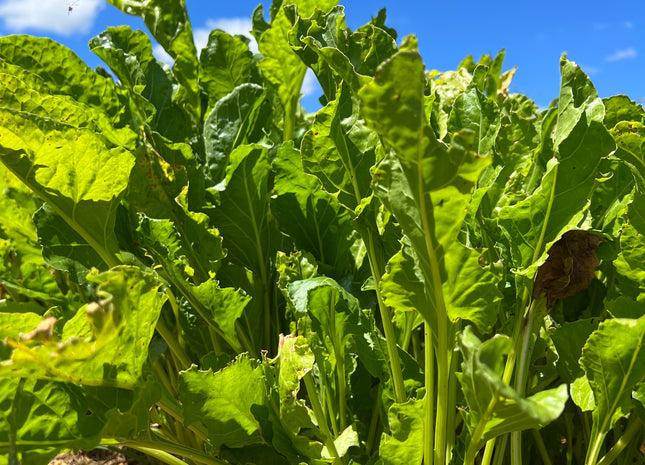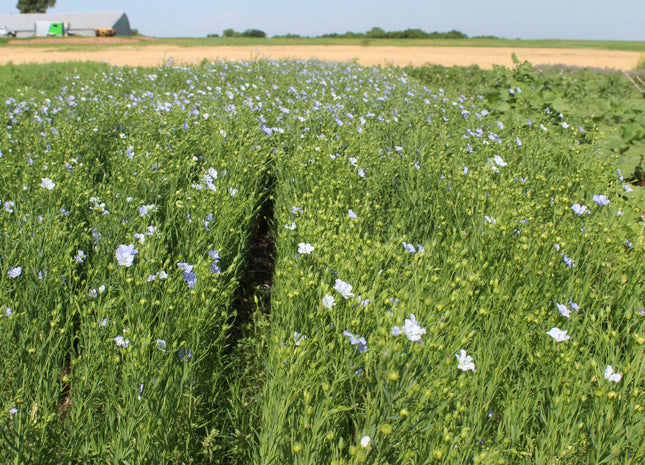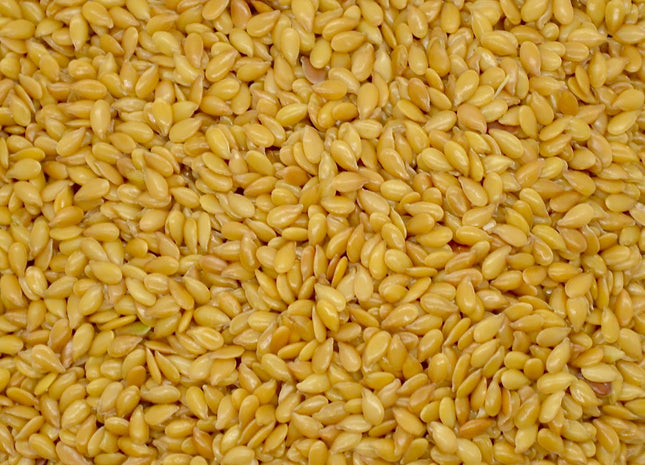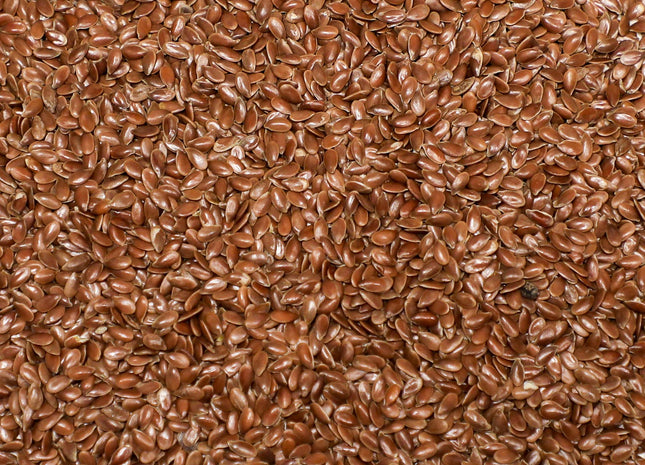Broadleaves


Sugar Beets Non-GMO
Sugar beets, a versatile broadleaf plant, bring a deep taproot and ample frost resistance to your cover crop arsenal. Their robust taproots can penetrate stubborn hardpans, with the majority of root growth hidden beneath the surface. These carbohydrate packed plants are a preferred choice for both wildlife and livestock. When grazed early, they display remarkable regrowth potential.
from $4.05 per lb


Flax (Golden)
Flax works well as a cover crop in many small grain and corn rotations. The overall nutrient demand for flax is low and very little nitrogen is needed. Because flax is a broadleaf species, most diseases associated with it will not transfer over and cause infection to corn, soybeans, or wheat with the exception of powdery mildew and rhizoctonia after legumes. Flax can be utilized as a green manure if terminated early enough but take caution if attempting to cut too late as lignin/cellulose content increase with maturity and would hamper decomposition. Pollinators are attracted to the various blue/purple colors of the flowers that can last for 2-4 weeks.
from $1.73 per lb
- Out of Stock


Organic Brown Flax
Note: This product is certified organic. Flax works well as a cover crop in many small grain and corn rotations. The overall nutrient demand for flax is low and very little nitrogen is needed. Because flax is a broadleaf species, most diseases associated with it will not transfer over and cause infection to corn, soybeans, or wheat with the exception of powdery mildew and rhizoctonia after legumes. Flax can be utilized as a green manure if terminated early enough but take caution if attempting to cut too late as lignin/cellulose content increase with maturity and would hamper decomposition. Pollinators are attracted to the various blue/purple colors of the flowers that can last for 2-4 weeks.
from $1.92 per lb





